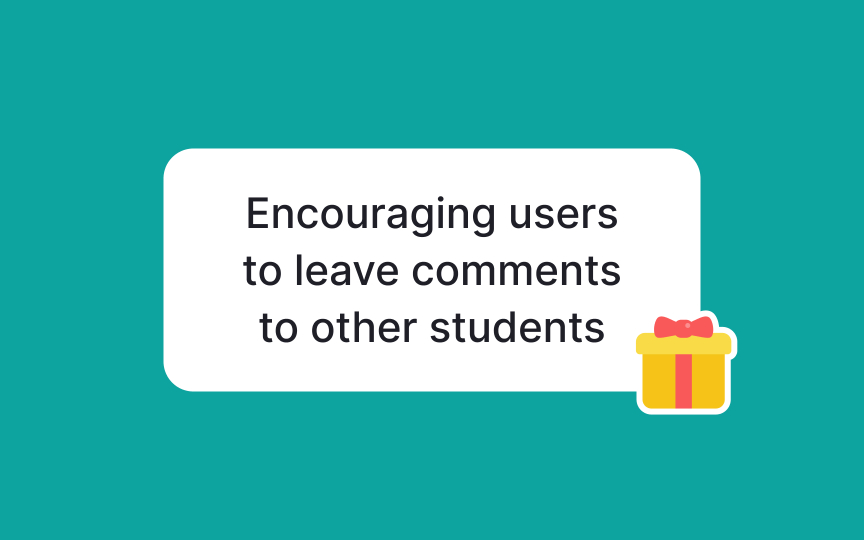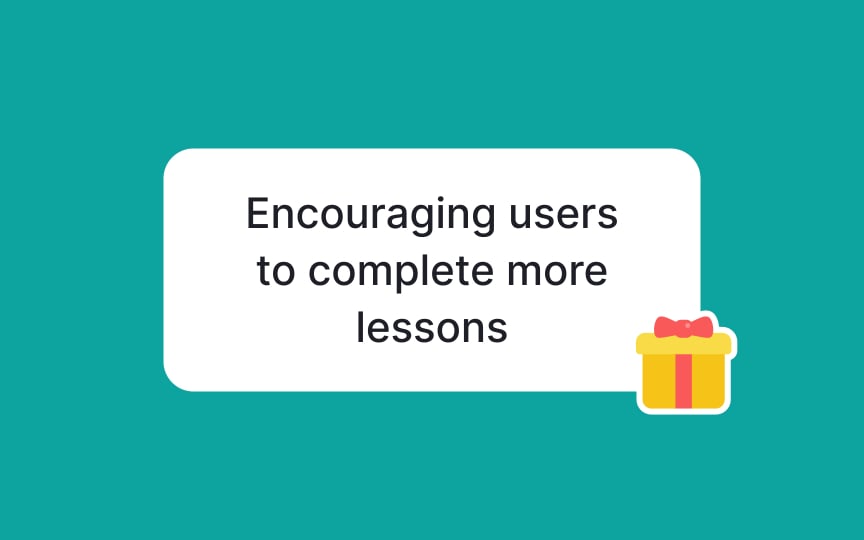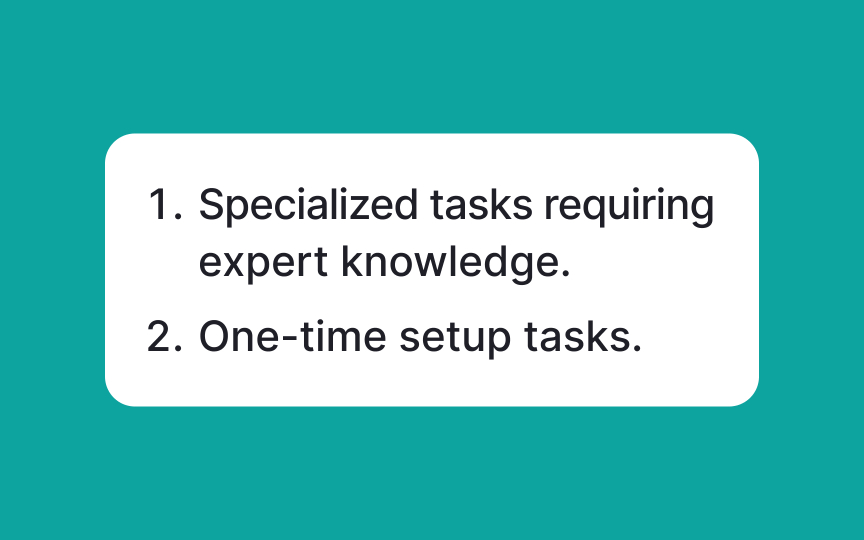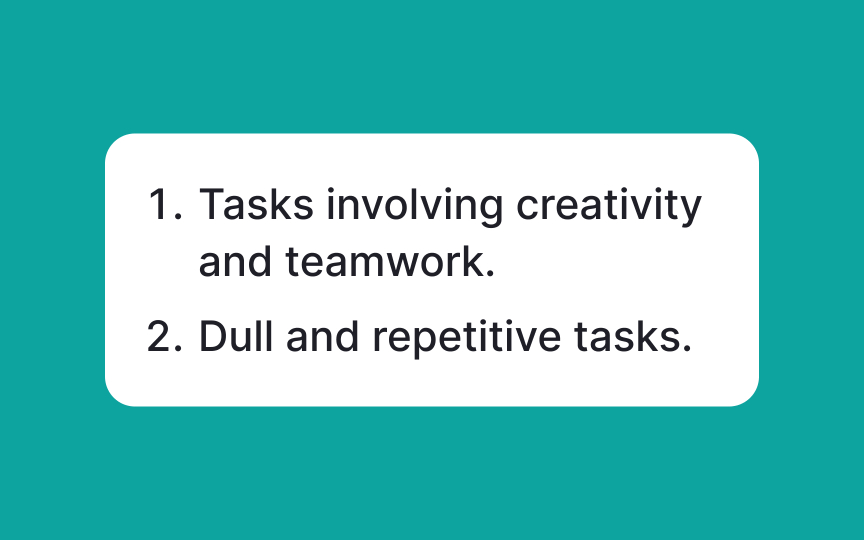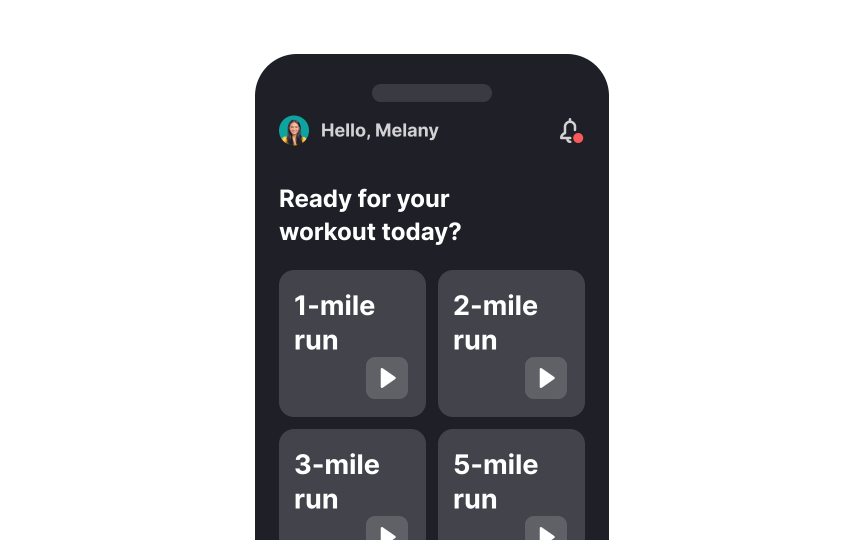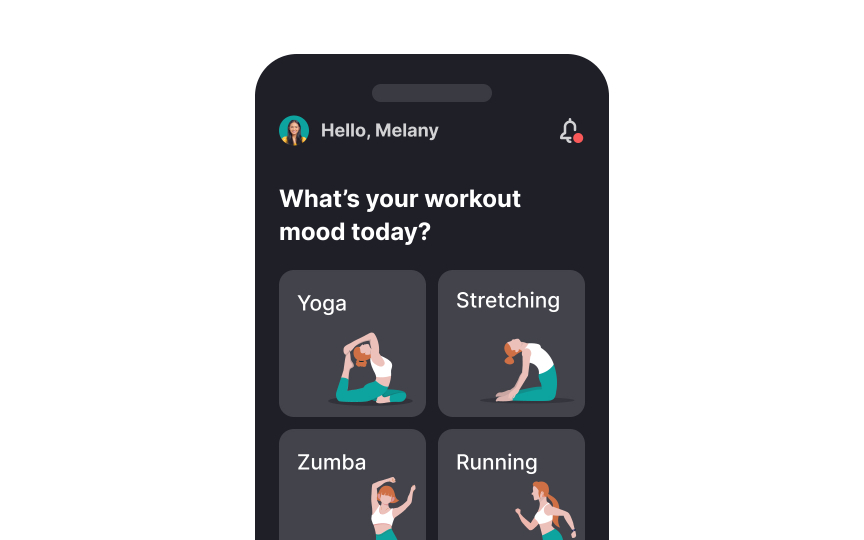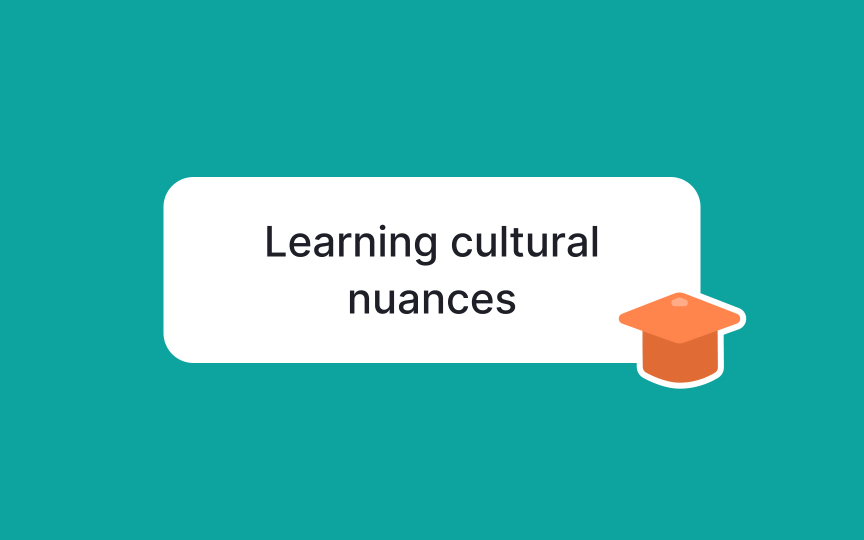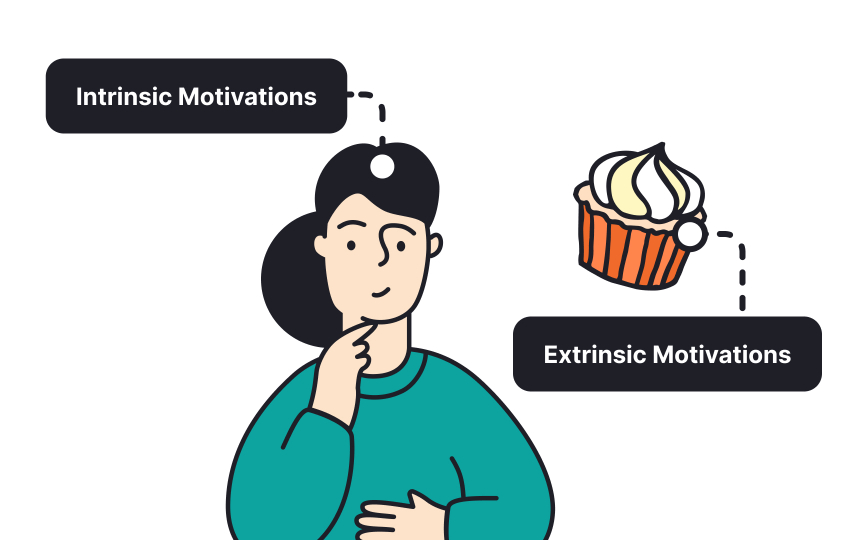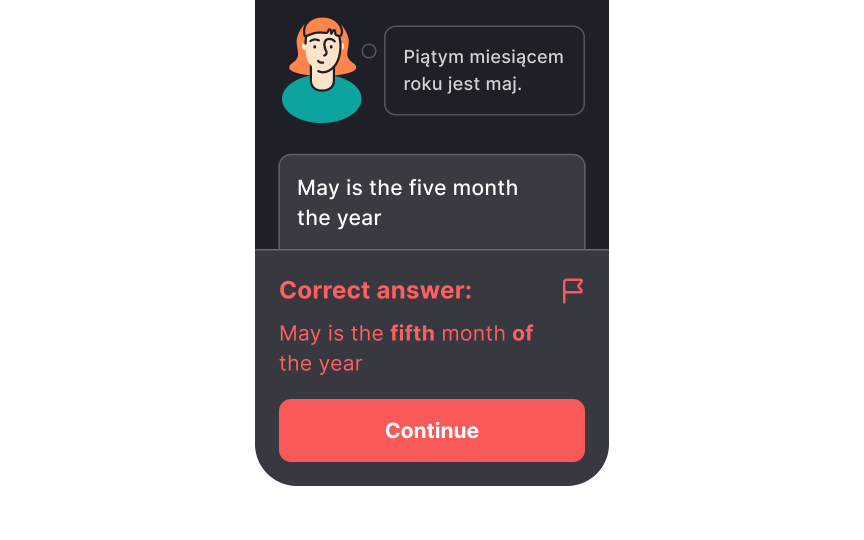Do You Need Gamification?
Learn how to evaluate whether your project can benefit from the principles of gamification
Before diving into gamification, it's important to understand that it's not a magic fix for all UX issues or user engagement problems. Adding game-like elements won't solve everything on its own. First, think about whether your project truly needs gamification. Ask yourself if it will add value and improve the user experience. If it's not necessary, it might just confuse users or even make their experience worse. Gamification should have a clear purpose and fit well with your project goals. In this lesson, you'll learn how to decide if gamification is right for your project and how to implement it effectively.
As an exercise, consider the behaviors you want to encourage in your users through gamification. If these behaviors align with your business goals, gamification might be a useful strategy for you.
Deciding if your product needs
- Tasks that involve creativity, unique skills, and teamwork. For example, in a design collaboration app, creating a new marketing campaign may require innovation and collaboration. Here, extrinsic rewards like points might not work. Instead, use gamification elements like design challenges, where teams compete to create the best concept, or incorporating role-playing scenarios where team members take on different personas to spark creativity and enhance teamwork.
- Dull, boring, and repetitive tasks. For instance, in a fitness tracking app, logging daily workouts can become monotonous. Adding game-like elements, like earning rewards for completing weekly workout goals or unlocking new achievements for consistency, can make these tasks more engaging and fun. Gamification can add meaning, interest, and challenge, making a big impact here.[1]
Even in a fitness app focused solely on running, meaningful choices can be incorporated. For example, users could choose between different types of runs, like sprints, long-distance, or trail running, and earn rewards for each type. This variety keeps the experience fresh and motivating.
Overall, meaningful choices make users feel invested and encourage them to keep using the app and achieving their goals.
The next step in deciding if your product needs
However, fostering deep cultural understanding through language learning might be hard to gamify. Understanding culture involves nuanced social cues and personal experiences that don’t have clear rules or easy ways to measure progress. So, before adding gamification, ensure the problem can be clearly defined and tracked digitally. This way, the gamified elements will be effective and meaningful for users.
When adding
To identify these conflicts, consider all existing motivations and how they might interact. Aim for a balance where gamification enhances the
Always aim to create a meaningful and lasting
To do this in your own products, understand your community and encourage behaviors that help others and align with a larger purpose. This way, users feel they're part of something bigger, and you create a deeper and more engaging experience for everyone.
The state of flow is when you're so absorbed in an activity that you lose track of time and perform at your best. It's enjoyable and fulfilling.[2] Flow happens naturally when activities meet certain criteria.
Here’s how to keep users in a state of flow:
- Set clear goals: Provide users with clear objectives. For example, in a language learning app, let users set a goal to learn a certain number of new words a day.
- Balance of challenges and skills: For instance, offer different levels of vocabulary quizzes. Beginners get basic words, while advanced users tackle more complex vocabulary. This keeps everyone engaged.
- Immediate feedback: Give users quick, specific, and actionable feedback. For example, in the same language learning app, provide instant corrections and explanations for quiz answers. This helps users know if they're on the right track and keeps them motivated.
References
- My Books - Karl Kapp | Karl Kapp
- My Books - Karl Kapp | Karl Kapp
Top contributors
Topics
From Course
Share
Similar lessons

Text & Media as Layers

Why Gamify?

